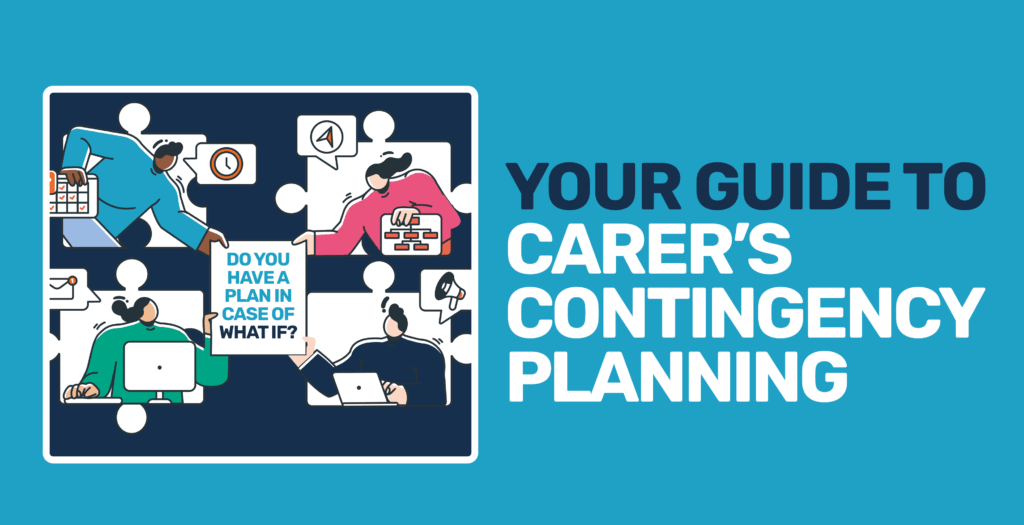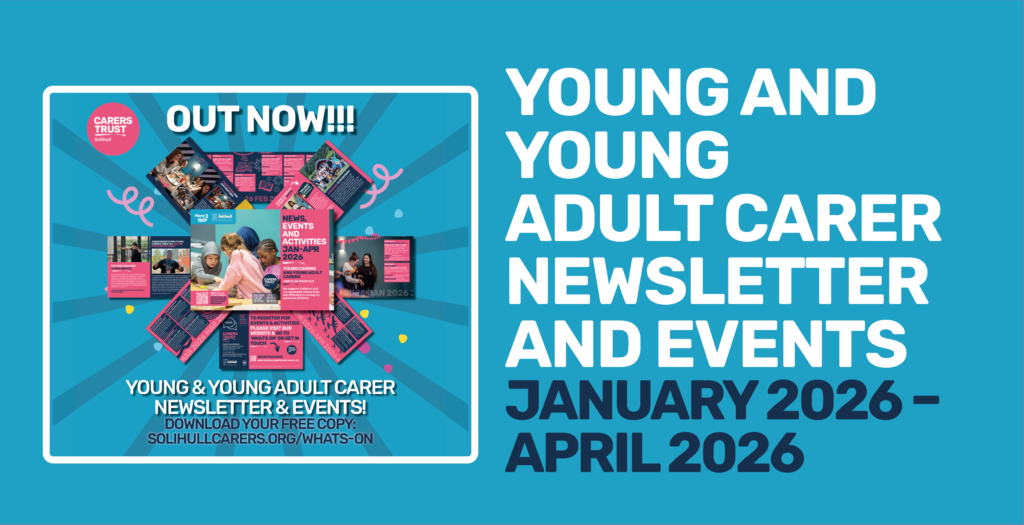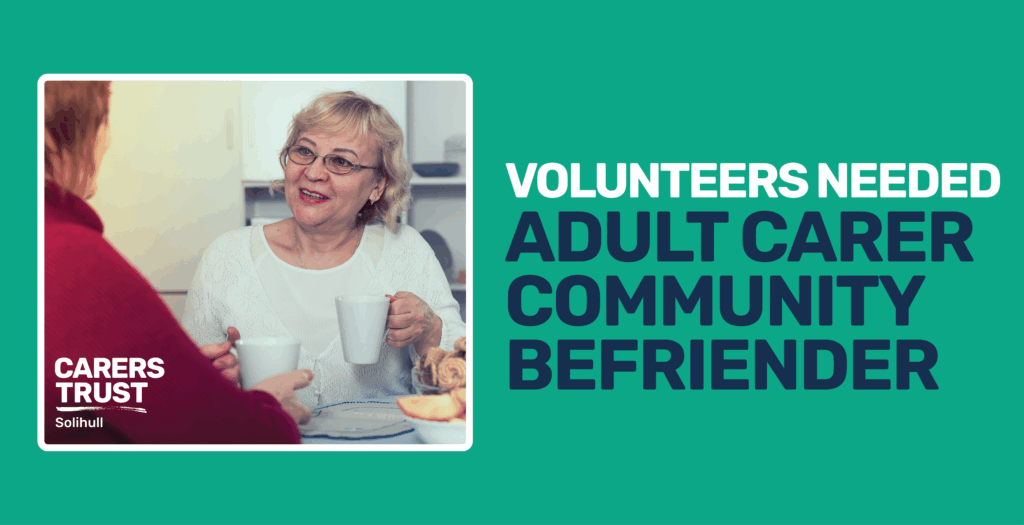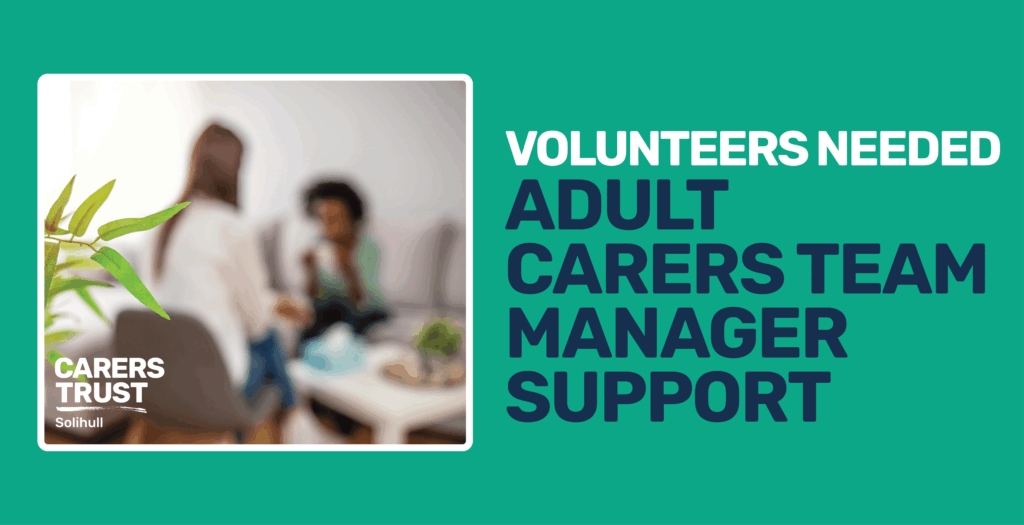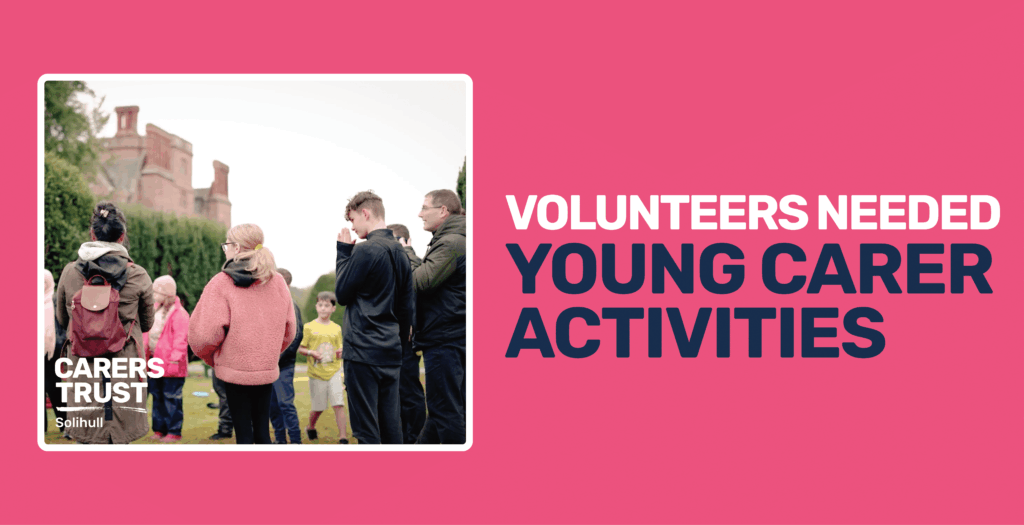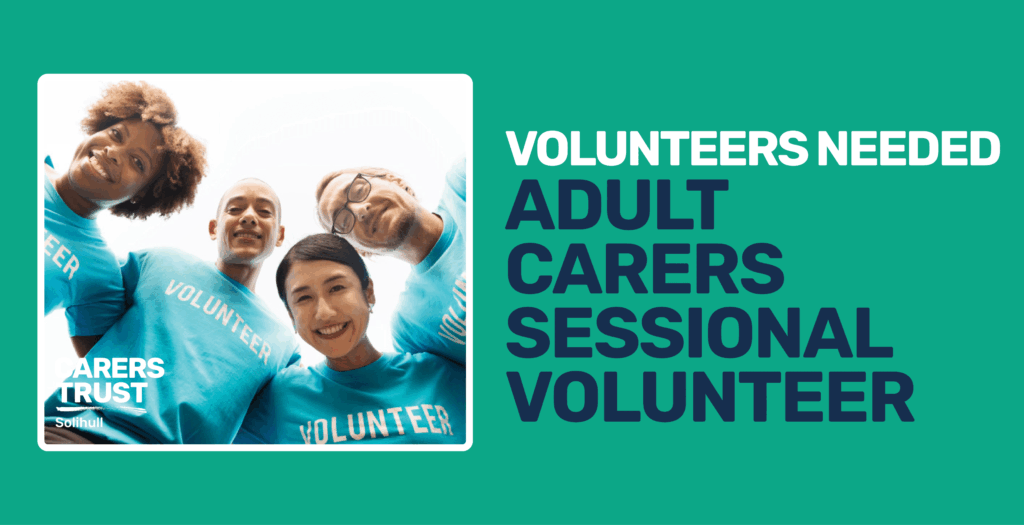Quick Access
Silence the stress of "What if" with a Carer's Contingency Plan
Contingency plan, back-up plan, emergency plan, “What if” plan—no matter what it’s called, all unpaid carers should have a plan in place for those “what if…” moments. Not only does it mean those you care for are still supported should you be unable to reach them, it also gives you peace of mind, knowing that they are still cared for should an emergency arise. Use our below resources to help you create your own contingency plan. We have templates for you to download and fill in, or you can use our Contingency Plan Builder to have a completed plan sent to your email, for easy downloads and sharing.
Silence the stress of "What if" with a Contingency Plan
Contingency plan, back-up plan, emergency plan, “What if” plan—no matter what it’s called, all unpaid carers should have a plan in place for those “what if…” moments. Not only does it mean those you care for are still supported should you be unable to reach them, it also gives you peace of mind, knowing that they are still cared for should an emergency arise. Use our below resources to help you create your own contingency plan. We have templates for you to download and fill in, or you can use our Contingency Plan Builder to have a completed plan sent to your email, for easy downloads and sharing.
Why is it so important?
Time is limited when providing care, so having all the important information in one place can play a vital role in supporting those you care for, should you be in an accident or facing an emergency. Think about your situation and what level of care you provide, including all medications and support that are required to make the person/s you care for feel supported and looked after.
Discuss it through, if possible, with those you care for, and those you would like to be emergency contacts and part of your contingency plan. Make sure those who are part of the plan have all the information they need, and you might even want to share it with close family, friends, or even healthcare professionals, including any external carers or support workers that may visit you and those you care for. Share a copy of a plan with them or if not possible then let them know where they can find a copy of your plan, making sure that all the information is regularly updated.
Not only will having a carer contingency plan mean that those you care for and still looked after, should you be unable to provide care for a short time, but it also gives you peace of mind. Should you be in a car accident and unable to reach your cared-for, you can make one phone call to an emergency contact to put your plan into motion, while you deal with the potential of emergency services and insurance companies.
What to include
In order to create an effective carer contingency plan, there are points you must consider. Don’t forget, this is to make sure the person/s you care for are still looked after should you be unable to provide care. Imagine the person taking that responsibility from you has no knowledge of what it is you do, they might not even have any experience with providing care like you do. Also, imagine you are in an accident or a situation where you are incapable of explaining your contingency plan, would emergency services or a stranger know who to contact?
All the information they will have is what you provide in your plan, so it is essential that you make it as clear and complete as possible.
To make it as effective as possible, you should include at the least…
- Details of the person/s you care for, including their name, address and contact information
- Who you would like to be contacted in case of an emergency
- Details of medication your cared-for takes, including the dosage, timings and where it is stored.
- Details of any ongoing treatment or therapy, including the times, locations, and contact information of the service provider/s.
- Any allergies that your cared-for may have and where any kind of medication for their allergies is kept, as well as dosage.
- Details of the cared-for's GP and pharmacy, and any care or support services they receive, including phone numbers and locations.
- Do they require any special assistance with tasks such as using the bathroom, cleaning themselves, dressing and undressing? Do they require any special equipment for these tasks, and if so where is it kept?
- Do they need assistance with eating and/or drinking?
- How is their mobility, do they need a wheelchair or scooter and if so where are are they and their battery chargers kept?
- Do they have any behavioural issues that need to be highlighted?
- How do they like to be entertained? Are they happy watching films or TV, or do they prefer to play games or read in the garden? Provide details of their likes and dislikes.
Watch our video below for further information and guidance about the importance of contingency planning, and how you can create your own.
What to watch
Watch our video below for further information and guidance about the importance of contingency planning, and how you can create your own:
Resources & Downloads mentioned in the above video can be found here
In episode 6 of our Carers Talk podcast, we sat down with Kathryn Azarpay from the Adult Team of Carers Trust Solihull, where she explained why you need to be planning for the future with a contingency plan. No one knows when emergencies will arise or even when they’ll be stuck in traffic; unable to provide care for those they care for.
Learn how you can plan for emergencies, and what support and new technologies are available to assist you in your caring role.
Build your plan
Filling in the details below will help you to create a printable, shareable and comprehensive plan for those you have chosen to assist you with providing short-term care, should you be unable to.
Enter your name and e-mail address to begin, just so we can send you a copy of your completed plan.
Please note: the time it takes to complete this form will depend on your caring situation. However, expect to spend around 15–30 minutes, so pop the kettle on and get comfortable. Don’t forget, the time you spend now saves you limitless time and stress in future emergencies.
Sections this form covers:
- Carer Details
- Cared-for details
- Health & Treatment
- Care Professionals & Services
- Daily Routine
- Nutrition & Hydration
- Allergies & Preferences
- Personal Care
- Additional Information
- Emergency and Backup Contacts
Templates & Resources
- Download our “Points to Consider” flyer to remind you of what to include in your plan.
- Download our “Need to Know Information” flyer of what to include about those you care for.
- Use our e-learning tool to highlight what should be included, but also to test yourself and reinforce the important knowledge you should be sharing. From start to finish, it will take you approximately 20 minutes to complete.
- Download a blank Carers Contingency Plan template.
- Download a letter template to inform your GP of your unpaid carer status, and that your carers contingency plan is in place, including emergency contacts.
- “How To Tell Someone What I need” is a simple yet powerful tool designed to help the person/s you care for to express themselves clearly. How they communicate, their likes and dislikes, what comforts them — everything they need to feel safer, more understood, and more control of their care. A fantastic companion piece for your contingency plan.
- Continuing Healthcare (CHC) is a vital support line. It’s a type of care package arranged and funded entirely by the NHS for adults with complex, ongoing health needs. It can cover the full cost of care, whether it’s provided in a care home, nursing home, or the person’s own home.
